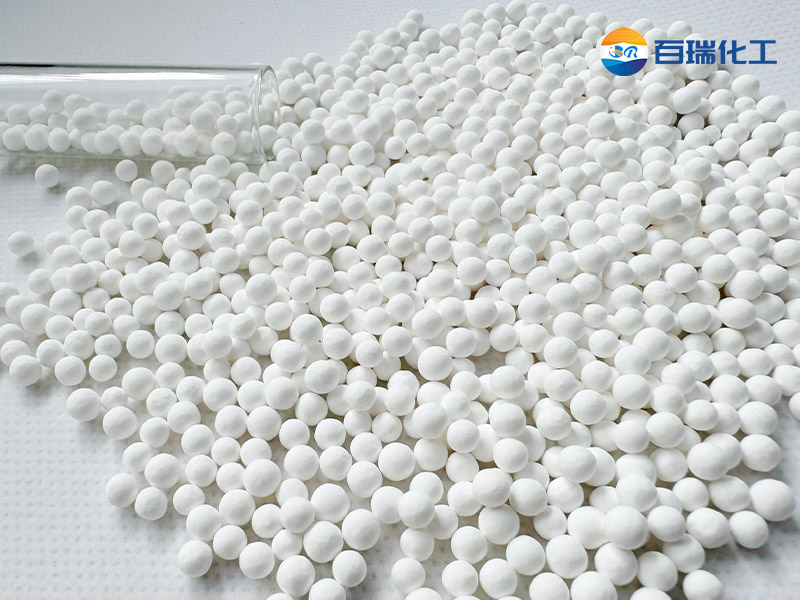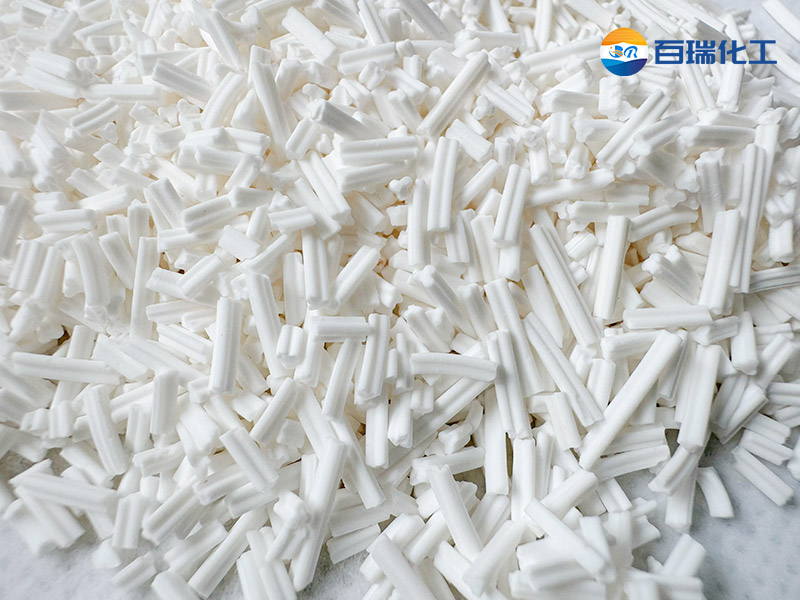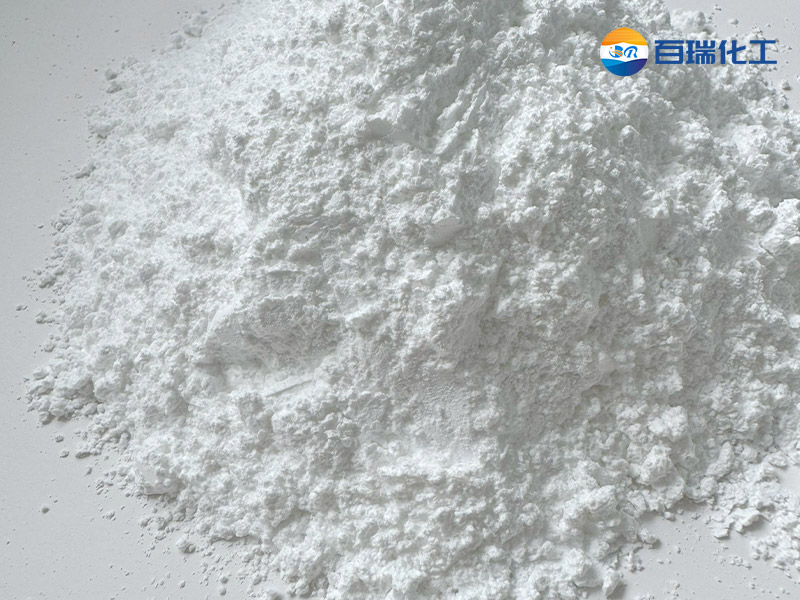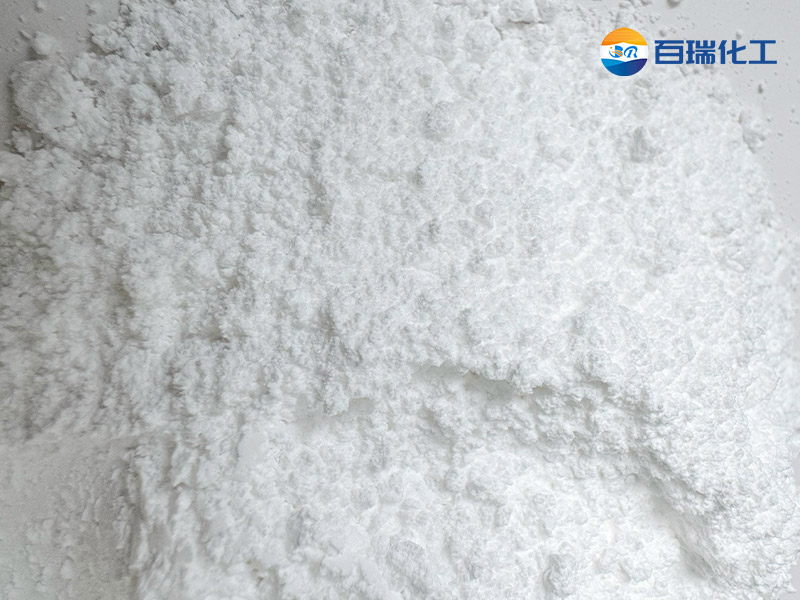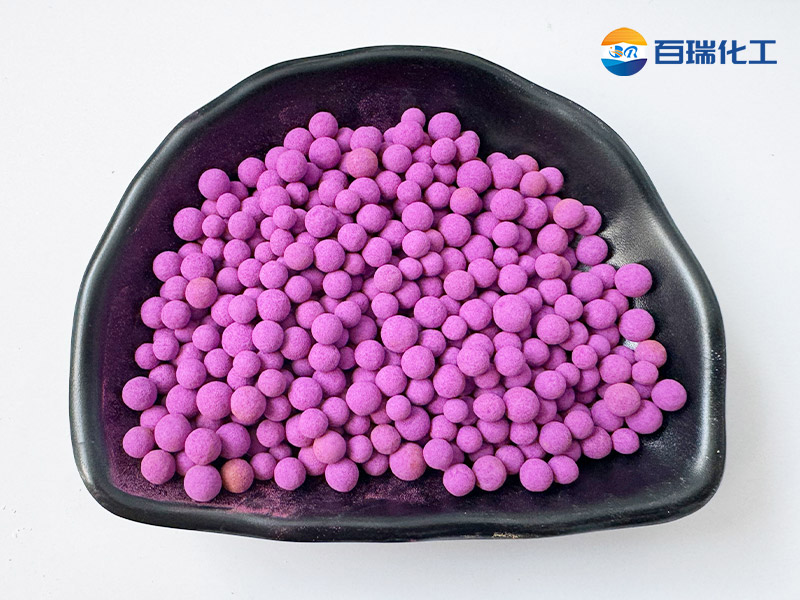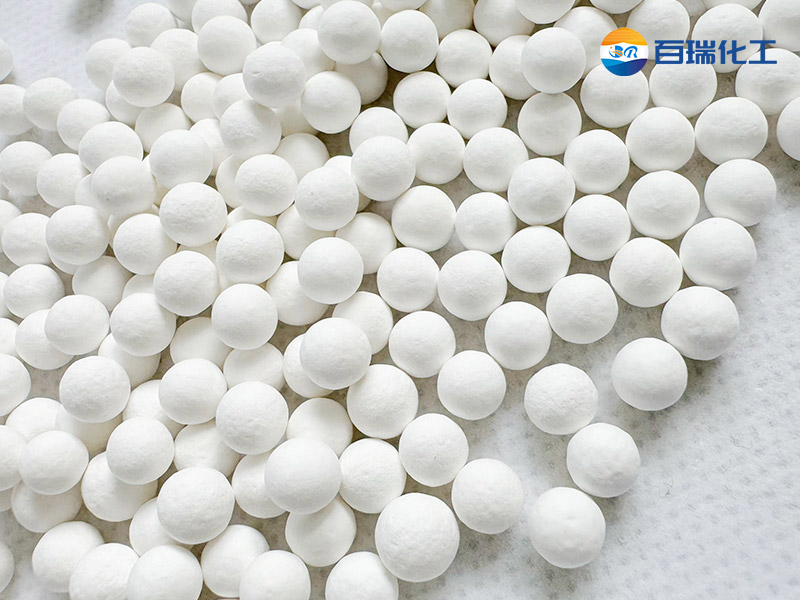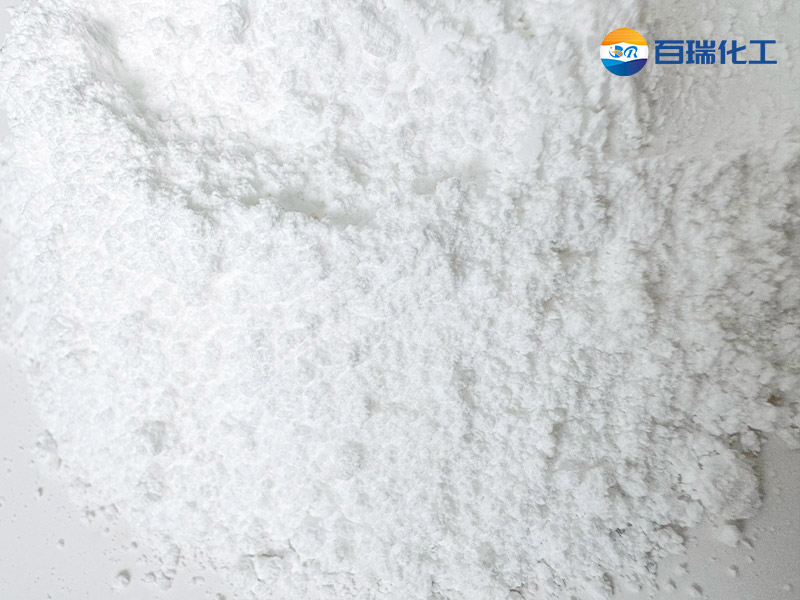Activated alumina is widely used as a catalyst carrier due to its high specific surface area and abundant acid sites. However, its insufficient thermal stability and uneven distribution of surface acid strength limit its application. The introduction of titanium can regulate the pore structure and surface properties of alumina, and in recent years it has shown potential in the fields of hydrodesulfurization and selective catalytic reduction.
Basic principles of titanium modification
The core of titanium modification lies in the interaction between titanium species and alumina matrix, and the main methods include:
• Surface loading: Titanium is loaded on the surface of alumina in the form of oxide (TiO₂) to form Ti-O-Al bonds and enhance the thermal stability of the material.
• Skeleton doping: Titanium atoms partially replace aluminum atoms in the alumina lattice to form a solid solution structure and adjust the acidity and electronic properties of the material.
• Composite structure: Titanium and alumina form mixed oxides to optimize the pore structure and specific surface area.
Advantages of titanium modification
1. Improve the thermal stability of alumina and prevent high-temperature sintering
2. Enhance surface acidity and improve catalytic activity
3. Adjust pore size distribution and improve mass transfer efficiency
4. Introduce redox ability to promote catalytic reaction
Application of titanium-modified activated alumina
(1) Catalytic field
• Environmental catalysis: used for degradation of volatile organic compounds, automobile exhaust purification, NOx removal, etc.
• Petrochemicals: used as catalyst carriers for hydrodesulfurization, cracking, reforming and other reactions.
• Photocatalysis: TiO₂/Al₂O₃ composite materials can be used for photocatalytic degradation of organic pollutants.
(2) Adsorption and separation
• Gas purification: adsorption of acidic gases such as HF, HCl, SO₂, etc., for industrial waste gas treatment.
• Water treatment: removal of heavy metals and organic pollutants in water.
(3) Energy and materials
• Lithium/sodium ion batteries: used as electrode materials or coatings to improve battery stability.
• Ceramics and coatings: enhance the wear resistance and high temperature resistance of materials.
Zibo Xiangrun has excellent equipment and mature technology. The titanium series catalysts it produces have been well received by users. For example, the catalyst prepared using AL2O3-TiO2 composite oxide can significantly improve the hydrogenation and hydrocracking performance, and can make the hydrodesulfurization activity higher. It is also used as a sulfur-resistant wide temperature shift catalyst. Specific indicators can be specially produced according to user requirements to meet the application of different industries and different fields. Please contact us if you need titanium-modified activated alumina.


